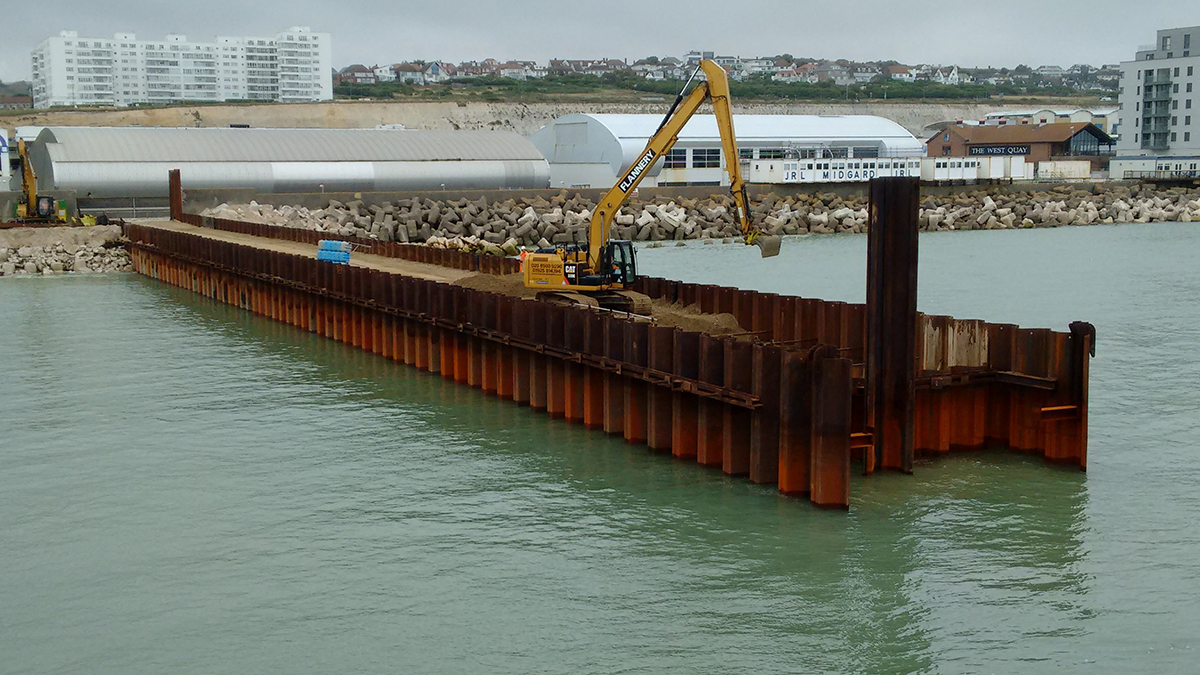montbIanc
Civil/Environmental
- Mar 11, 2023
- 21
Hello
Can anyone help with a U.S. design manual for double wall sheet pile piers? This will have water on both sides, not a dry work area on one side. Loads will be gravity, waves, boats and seismic. I've designed sheet pile walls before but am sure that double wall structures have internal stability requirements like circular cofferdams but probably reduced strength because they don't have the nice, circular shape. Aside from strength calculations, guidance on seismic loads is my main concern. I can do the wave and vessel loading.
Thanks in advance for the help.
Can anyone help with a U.S. design manual for double wall sheet pile piers? This will have water on both sides, not a dry work area on one side. Loads will be gravity, waves, boats and seismic. I've designed sheet pile walls before but am sure that double wall structures have internal stability requirements like circular cofferdams but probably reduced strength because they don't have the nice, circular shape. Aside from strength calculations, guidance on seismic loads is my main concern. I can do the wave and vessel loading.
Thanks in advance for the help.

